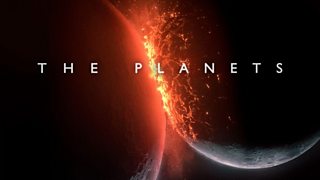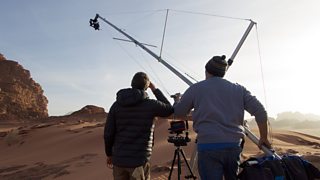One Family. Worlds Apart

Welcome to the greatest story that’s never been told - a drama on a planetary scale, with the life story of each planet taking centre stage.
On the scale of galaxies and stars, the planets of our solar system are little more than grains of sand caught momentarily in the light of the Sun. But on those motes of dust, for over four billion years, great stories have played out unseen...Brian Cox
From tragic Mars, once a vibrant water world to lonely, mysterious Neptune, the last major planet in the cold remote reaches of the solar system.
In a new, ground-breaking series Professor Brian Cox tells the story of our neighbouring worlds as never before.
Alongside the most accurate and detailed imagery ever produced The Planets will use the latest scientific research to piece together the gripping history of each world.
These are stories of beauty and creation, violence and destruction told across 4.5 billion years. They reveal the solar system and our place within it to be far more dramatic then we could ever have imagined.
Meet the cast of characters below and go on an epic journey through our solar system.

Mercury
Mercury was born with all the right ingredients to become a living world, but long ago it was dramatically flung into its current orbit, where under the intense glare of the Sun, any hope for life was scorched away.
The precise nature of Mercury鈥檚 formation is still one of the great unsolved mysteries in planetary science.Brian Cox
Fact File
· Mercury is the closest planet to the sun, and the smallest in our solar system, only slightly larger than Earth's Moon.
· From the surface of Mercury, the Sun would appear more than three times as large as it does when viewed from Earth, and the sunlight would be as much as 11 times brighter.
· Mercury has the quickest orbit, completing a circuit round the Sun every 88 Earth days
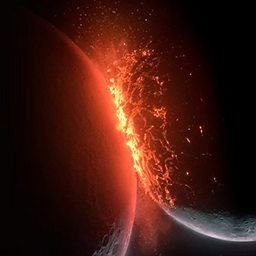
Venus
Venus is the most inhospitable place in the entire solar system, where a runaway greenhouse effect has transformed the planet into a hellish world where choking acidic clouds create atmospheric pressures ninety times those on Earth.
It鈥檚 been said that we won鈥檛 fully understand the Earth until we understand Venus.Brian Cox
Fact File:
· Venus is the second planet from the Sun.
· It is similar in structure and size to Earth, yet its thick atmosphere makes it the hottest planet in the solar system and possibly one of the most hostile to life.
· Surface temperatures are 864 degrees Fahrenheit (462 degrees Celsius) - hot enough to melt lead.
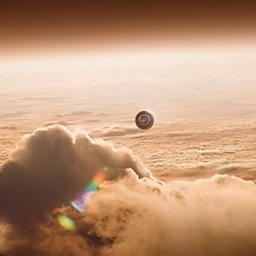
Earth
Rare and precious, the planet we call home is unique in the solar system.
This is what a planet looks and sounds like after four billion years of evolution by natural selection. There is nowhere else in the solar system that looks and sounds like this.Brian Cox
Earth is the only world where liquid water has persisted long enough to allow complex life to emerge, flourish and colonise every inch of her surface.
Fact File:
· Earth is the third planet from the sun.
· We orbit the sun at an average distance of 150 Million Kilometres. Light from the sun takes 8 minutes 20 seconds to reach us.
· Oceans cover 71% of our planet surface, giving Earth its blue appearance from space and supporting its rich ecosystems.
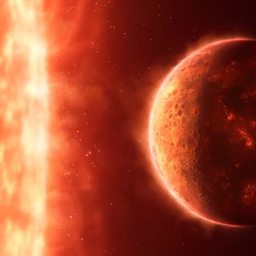
Mars
Early in the story of The Planets, the solar system was home to a beautiful water world. But this was not Earth - this was the young Mars.
Maps of Mars are like storybooks, you can read the history of the planet written across its surface.Brian Cox
At the same time our planet was toxic – her atmosphere choked with carbon dioxide and her oceans, acidic. But around 3.5 billion years ago, fate conspired to transform Mars into a barren desert world, while her sister Earth, flourished into an oasis of life.
Fact File:
· The fourth planet from the Sun, and the most explored planet in our solar system.
· Mars radius is 2106 miles (3390km); just over half the size of Earth.
· Mars has temperature highs of 20 degrees Celsius (68 degrees Fahrenheit).
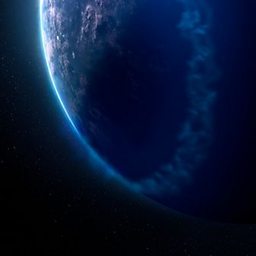
Jupiter
Jupiter is the Godfather of the planets. Its immense size means it dominates the solar system, using its power both good and bad. Very soon after birth it marauded through the solar system, spiralling ever closer to the sun.
Jupiter is the great sculptor of the Solar System. The destroyer and creator of worlds.Brian Cox
For many young worlds – it spelled disaster – but by doing so it may have created the conditions that allowed our planet to form.
Fact File:
· Jupiter is the fifth planet from our Sun
· It is the largest planet in the solar system – more than two and a half times the mass of all the other planets combined.
· Jupiter has 79 known moons, four of which were discovered by Galileo in 1610: Io, Europa, Ganymede and Calisto.
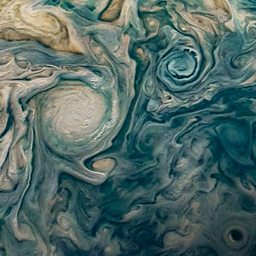
Saturn
Saturn is the jewel of the solar system, the most seductive of all the planets. But it wasn’t born that way.
There鈥檚 no more beautiful sight in the solar system than the ice rings of Saturn.Brian Cox
Recent discoveries have revealed it might have started life as an ugly duckling – only gaining its rings around a hundred million years ago. And that its true beauty might lie hidden within them – where the ice moon Enceladus might harbour a home for life.
Fact File:
· Saturn is the sixth planet from the sun and the second largest planet in our solar system.
· Its rings are made of chunks of ice (and a tiny bit of rock) — they are over 90% pure water ice.
· Saturn has 62 moons and potentially over 100 unconfirmed tiny moonlets
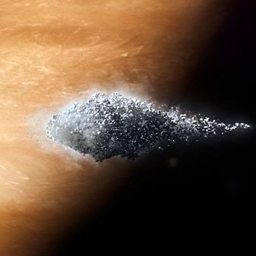
Uranus
The coldest of all the planets, the ice giant Uranus, is also one of the most mysterious.
Beyond Saturn, the distances are vast. Travel times aren鈥檛 measured in months but years, decades even.Brian Cox
Pale and almost featureless today it might once have had active storm systems like its neighbours Saturn and Neptune. Until, it’s thought, it was hit by a collision so powerful, it knocked the entire planet on its side.
Fact File:
· The seventh planet from the Sun and the first of the ice giants.
· Surrounded by 13 faint rings and 27 small moons, Uranus rotates at a nearly 90-degree angle from the plane of its orbit.
· Uranus was discovered in 1781 by astronomer William Herschel - the first planet found with the aid of a telescope.
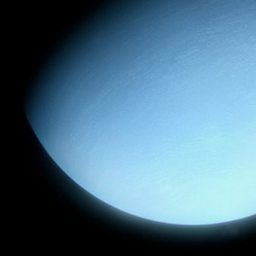
Neptune
The ice giant Neptune is the most distant planet in the solar system. But despite its great distance from the sun, it’s a vibrant active world, where the strongest winds in the solar system whip round the globe to generate vast planet-sized storms.
Beyond Neptune we thought we鈥檇 only ever find tiny, lifeless worlds, frozen to the core. How wrong we were.Brian Cox
Fact File:
· Neptune is the eighth and most distant planet in our solar system, more than 30 times as far from the Sun as Earth.
· Neptune was the first planet located through mathematical calculations. Using predictions made by Urbain Le Verrier, Johann Galle discovered the planet in 1846.
· In 2011 Neptune completed its first 165-year orbit since its discovery.
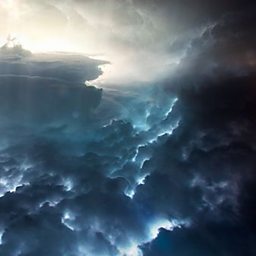
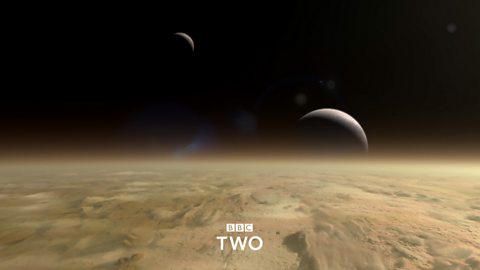
Trailer: The Planets
The 4.5 billion year tale of eight planetary siblings that make up our solar system.
-
![]()
The Planets
Visit The Planets homepage to watch previous episodes from the series on iPlayer.
-
![]()
Building The Planets
How The Planets team brought the worlds of the Solar System to life.
